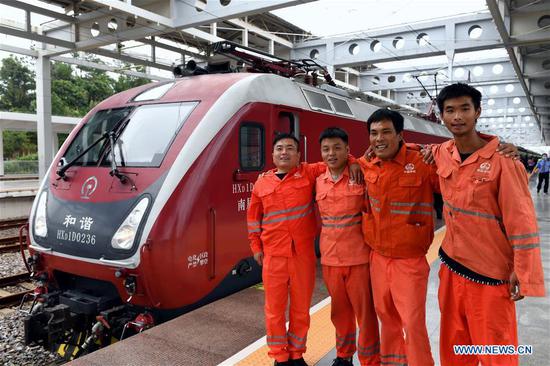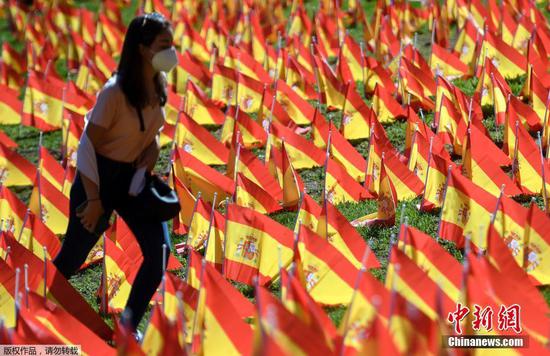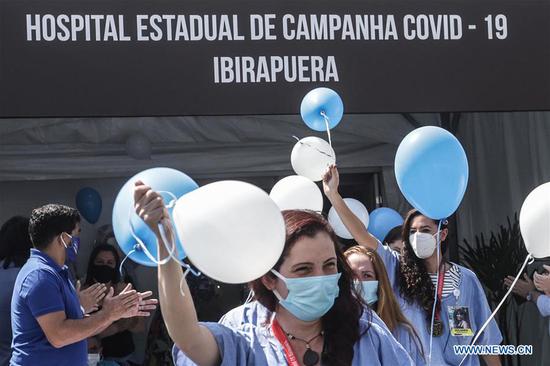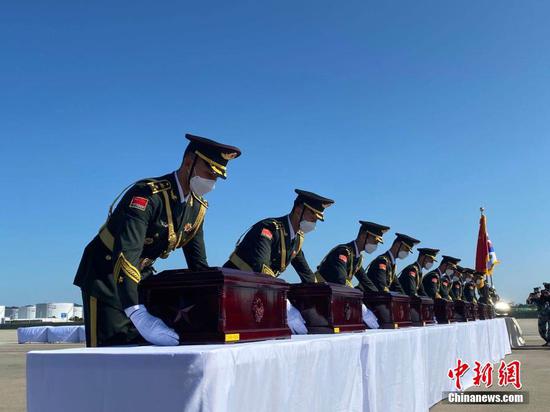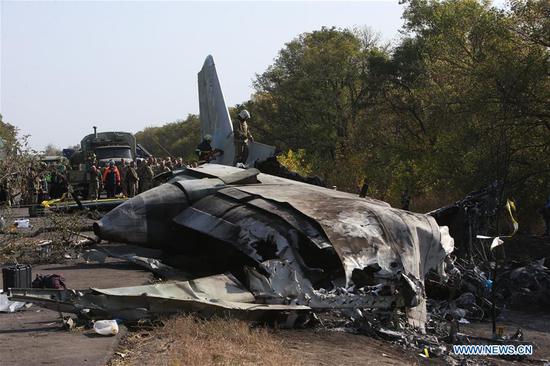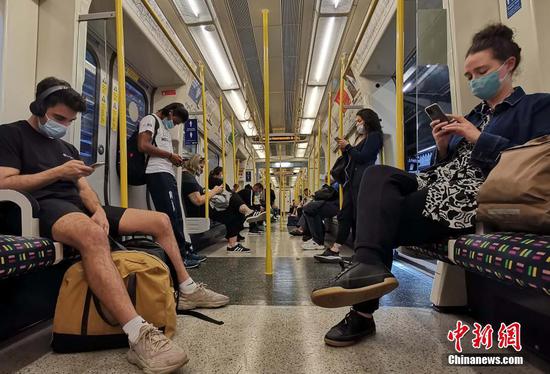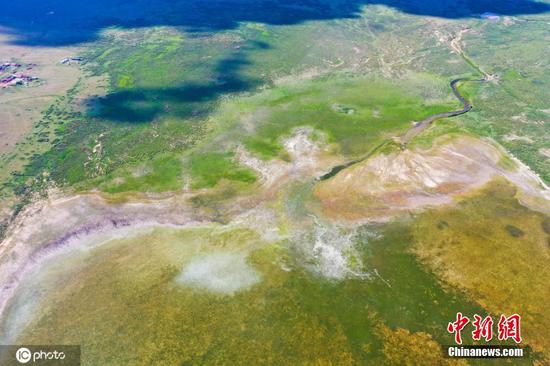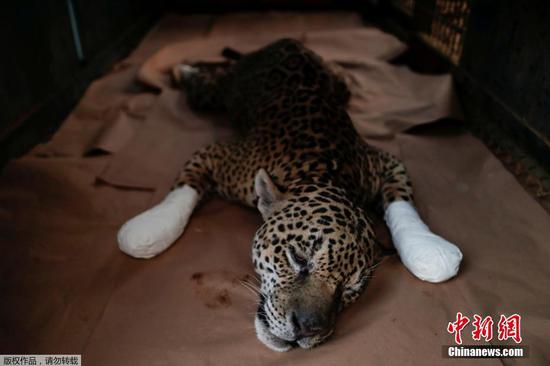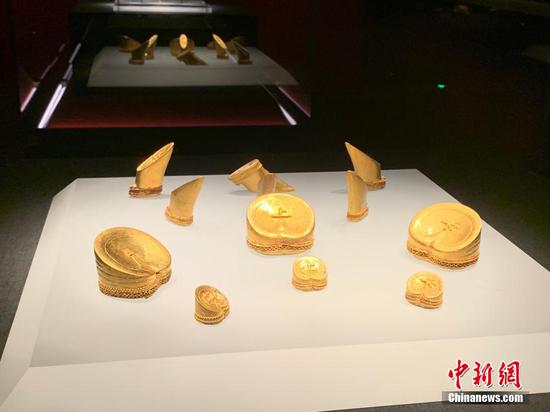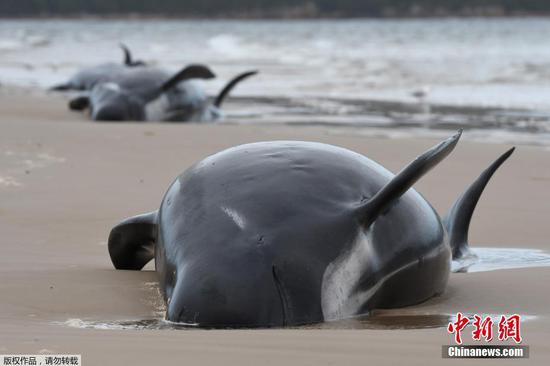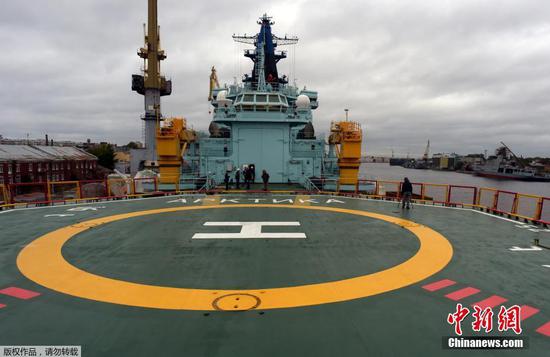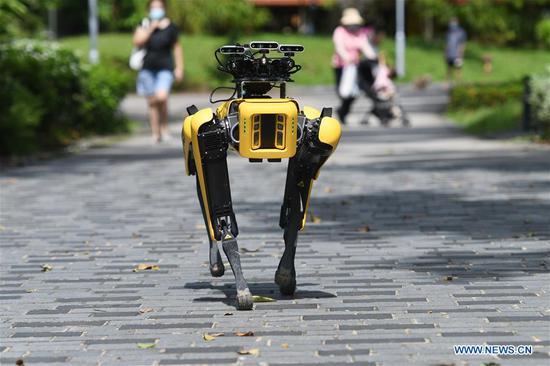As the local epidemic situation stabilizes, Hong Kong will restart discussions with Guangdong province and Macao on resuming cross-boundary travel with the use of a health code system, Hong Kong's chief executive said on Friday.
In an article reviewing Hong Kong's anti-epidemic efforts in August, Chief Executive Carrie Lam Cheng Yuet-ngor said the city has essentially contained the third wave of the COVID-19 epidemic, which started in early July.
Since Sept 14, the daily number of new locally transmitted cases has been in the single digits.
On Saturday, the city reported only one new infection which was imported from Bahrain. The financial hub also saw no new locally transmitted case for the first time in 11 days.
The city's overall infection tally stood at 5,059.
Lam said the technical development of Hong Kong's health code system is basically complete. The system, which has been widely applied on the mainland, will allow those with documentation certifying they tested negative for COVID-19 to avoid some restrictive measures like mandatory quarantining when traveling.
She also said that to speed up the establishment of "travel bubbles" with other regions, the government has established an interdepartmental task force under the leadership of Edward Yau Tang-wah, the secretary for commerce and economic development.
Also on Friday, 13 Hong Kong lawmakers submitted a letter to the Hong Kong and Macau Affairs Office of the State Council, expressing the hope that authorities will support and advance the mutual recognition of the health code system in Guangdong, Hong Kong and Macao.
In a related development, Anthony Wu Ting-yuk, chairman of Sunrise Diagnostic Centre, told reporters on Saturday that the center will disassemble the air-inflated temporary laboratory in Central on the same day. The lab conducted all the coronavirus tests in the Universal Community Testing Programme launched in early September.
He said the laboratory has finished its mission, adding that if there is a need for mass testing in the future, the center could reassemble the lab within a week.
Wu said, by using the group testing method, the center's daily testing capacity can reach 90,000 samples. He believes the center can shoulder a considerable part of the testing workload when cross-boundary travel resumes.











